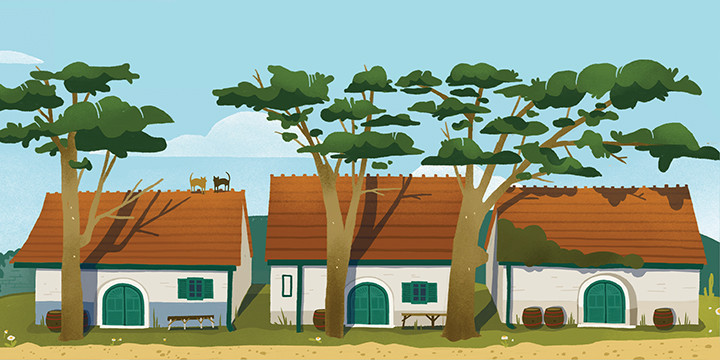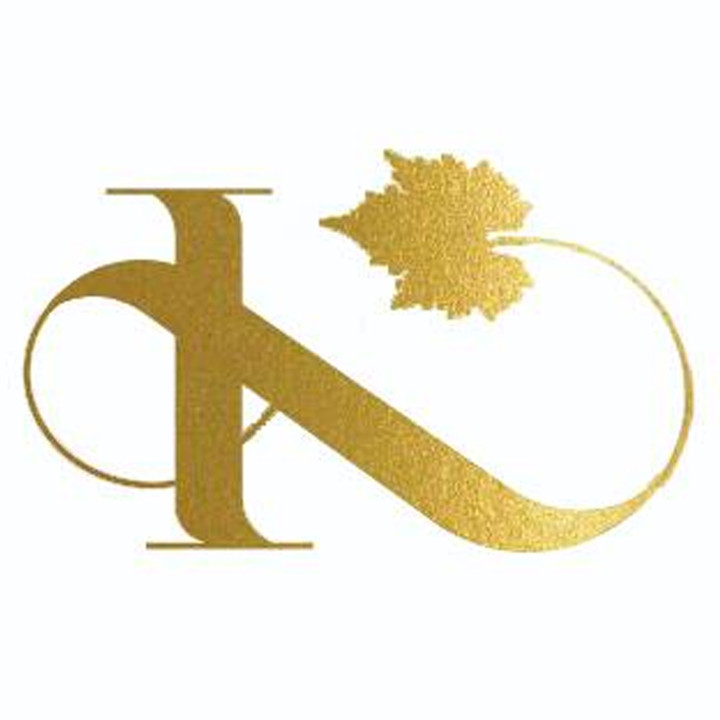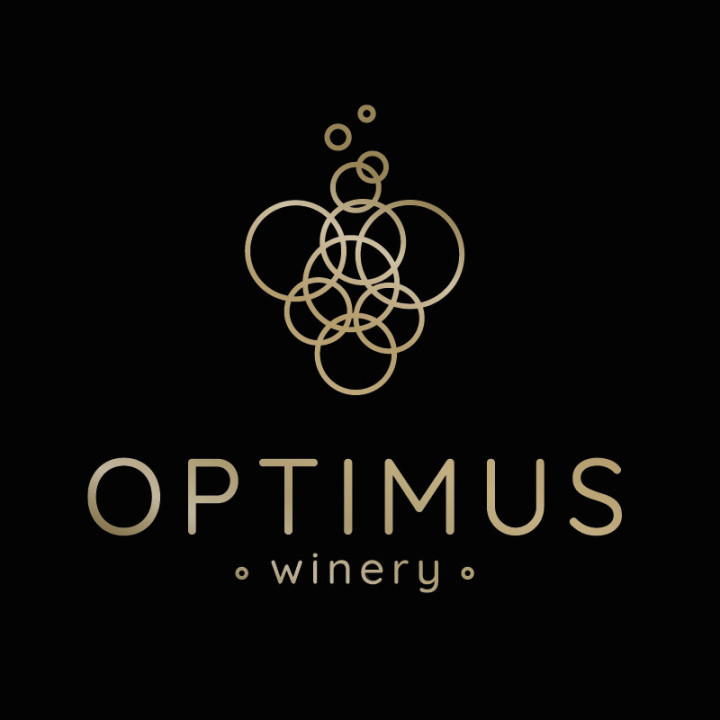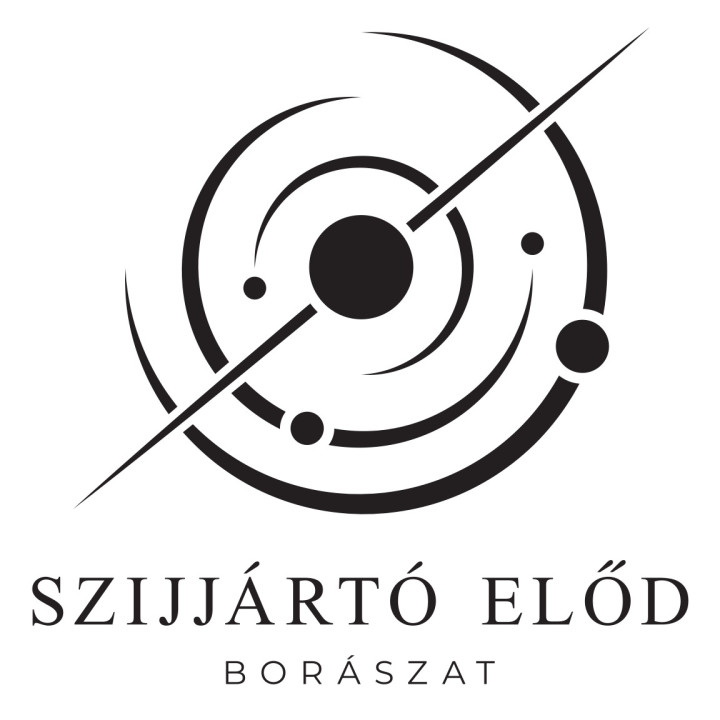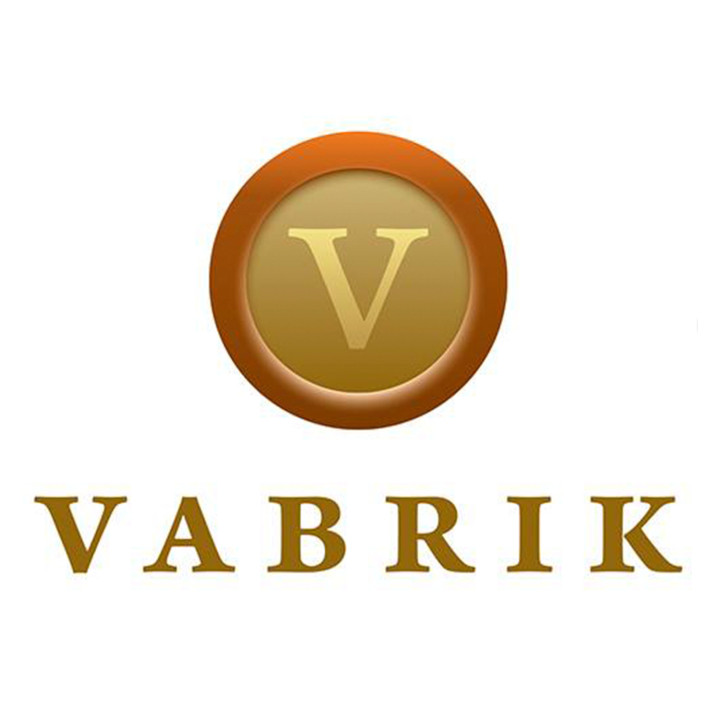Etyek–Buda: Best wineries, wine tastings and wines
Top suppliers
More wineriesBest wine tastings
More wine tastingsVárszegi wine tasting in the Budafok wine cellar system
Köllő Zsolt wine tasting at the old little wine press house
Szijjártó Előd wine tasting with true new wave wines
Buzál-Mórocza wine tasting with a visit to the cellar built in 1872
Várszegi wine tasting in the Budafok wine cellar system
Köllő Zsolt wine tasting at the old little wine press house
Szijjártó Előd wine tasting with true new wave wines


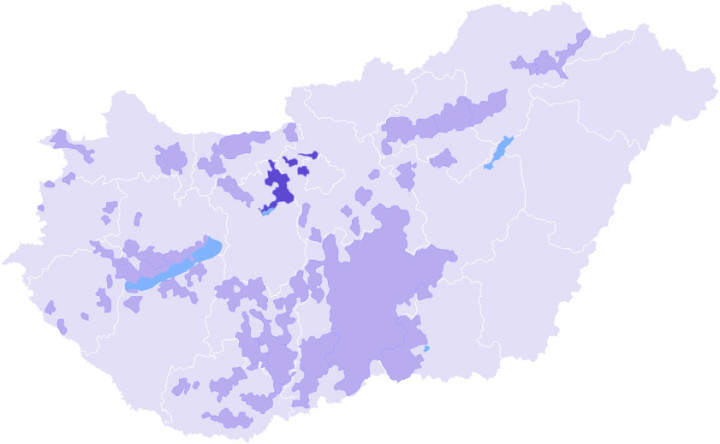

What Makes the Etyek-Buda Wine Region Special?
Historical Overview
The Etyek-Buda wine region compresses a thousand years of knowledge into every bottle. Grapes were grown in this area by the Romans, and by the time of the Árpád dynasty, it was already recognized as a renowned and respected wine region. Serbian settlers (Rác) brought new expertise and grape varieties to the region. During the Turkish occupation, red wine production dominated and remained prevalent until the 19th century.
However, during that time, the urban population and the newly arrived German diaspora preferred white wine, leading to a significant spread of white grape varieties in the Etyek-Buda wine region. The quality of these wines was remarkable, as evidenced by the fact that the Törley family used white wine from the Etyek and Buda hills for their sparkling wines.
Another significant event for the region occurred around the time of the political transition in 1989. The phylloxera epidemic devastated much of the vineyards, leading locals to switch to fruit farming. As a result, the area was no longer officially considered a wine region, as only lower-quality, homemade wines were produced. However, thanks to the persistent work of winemakers Tibor Báthori and Tibor Gombai Nagy, the region was legally reinstated as a wine region in 1989, and since then, it has grown to become one of the best in Hungary.
Natural Conditions
The Etyek-Buda wine region encompasses the vineyards around Buda, Etyek, and Lake Velence. It includes towns like Biatorbágy, Martonvásár, Vál, Bicske, Budajenő, Gárdony, Pákozd, and Velence. The total vineyard area is 5,632 hectares, of which 3,927 hectares are classified as first-class. Nowadays, 80-85% of the grapes grown in this region are white.
The region's climate is somewhat cooler than the national average, with an annual mean temperature of around 9-10°C. However, the annual rainfall of 650 mm is typical for Hungary. These conditions favor early-harvested grapes with high acidity, making the region particularly suitable for sparkling wine production.
Visitors to the area will notice the intense, constant wind, which benefits viticulture by cooling the vines in the summer and reducing frost damage in the winter. Additionally, the wind hinders the growth of fungi, reducing the need for chemicals in the vineyards. The region's soil is primarily brown forest soil over limestone, with a high calcium content.
The Most Famous Wines
White Grape Varieties:
- Chardonnay
- Irsai Olivér
- Olaszrizling
- Szürkebarát (Pinot Gris)
- Sauvignon Blanc
- Rhine Riesling
Red Grape Varieties:
- Pinot Noir
What Wineries Can You Find in the Region?
The Experiences Awaiting You
If you’re traveling to the area for the wine, you won’t be disappointed. With hundreds of wineries to choose from, you're sure to find one that suits your taste. A particular highlight is the 47-kilometer-long cellar system in Budafok, which is worth visiting on its own. The Etyek-Buda wine region also offers numerous wine tastings and a wide array of first-class restaurants.
Even after you’ve finished savoring the wines, there’s plenty to see and do. The region is filled with stunning landscapes and significant landmarks. In Budakeszi, for example, a visit to the wildlife park is worth your time, while in Budajenő, the Árpád-era cemetery chapel is a great place to stop for a few hours.
As you head toward Lake Velence, make sure to visit the Brunszvik Castle in Martonvásár or the unique Kindergarten Museum. When you reach the lake, a host of activities awaits. In the summer, a swim in Lake Velence is a must, and you can also try sailing if you're looking for something more active.
During the bathing season, countless events are also held in the area, such as the Agárd Popstrand, where top Hungarian pop musicians perform every year. Don't miss the Hungarian Lakes Festival in Velence, a multidisciplinary arts festival that promises unforgettable moments.
The Key Wineries
- Hernyák Estate
- Etyeki Kúria
- Rókusfalvy Estate
- György-Villa Winery
- Anonym Winery
- Kovács Winery
- Debreczeni Winery
- Vabrik Winery
- Nyakas Winery
- Velence Wine
The Etyek-Buda wine region holds countless wonders. Discover them for yourself—book a wine-tasting tour today!
